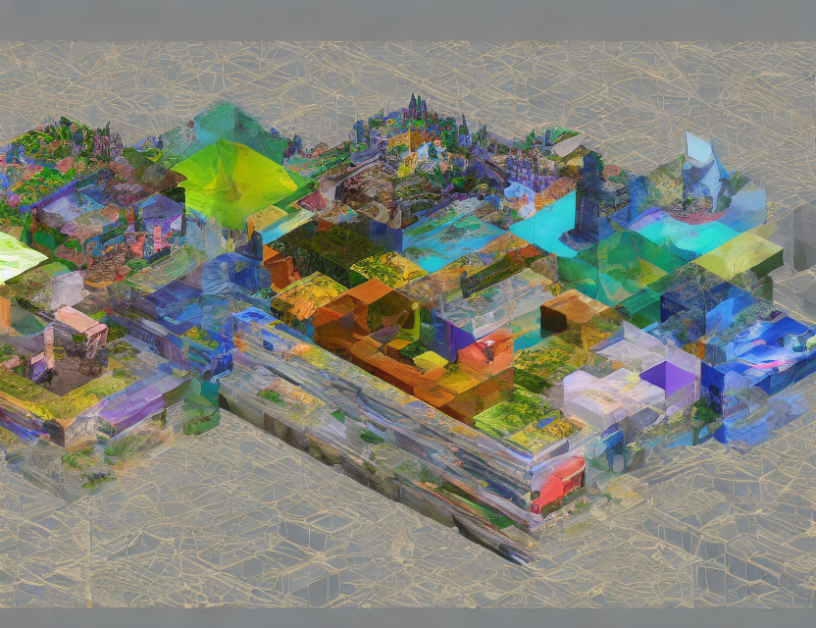At the core of Textual Inversion lies the concept of semantic inversion. By assigning an embedding e∗ to a pseudo-word S* representing a specific concept, the model can access the optimal point in the embedding space that represents the semantics of that concept. Think of it like a compass needle pointing towards the true north of a concept’s meaning. Once the optimal point is identified, the model can generate images that are more semantically consistent with the given prompt.
Spatial Inversion
In addition to semantic inversion, Textual Inversion also employs spatial inversion. This involves assigning an embedding e∗ to a token in a prompt, which is then used to construct the K (key) and Q (query) matrices in the diffusion module. The presence of a concept heavily relies on the cross-attention of its embedding to the random noise in the K matrix, which can result in a broader span of dimensions to store semantics. Imagine it like a river flowing through a vast landscape, with the embedding serving as the riverbed and the random noise as the ever-changing waters that shape its course.
Custom Diffusion
Textual Inversion further enhances image generation by utilizing custom diffusion models. These models employ Transformer blocks to transfer text semantics into visual content, where embeddings are employed to construct the K and Q matrices. The cross-attention mechanism allows for the iterative integration of the embedding and random noise, resulting in a more robust representation of the given concept. Picture it like a painter layering colors on top of each other, with the diffusion model serving as the brush that blends the different elements into a cohesive whole.
Comparison with Pretrained Concepts
To evaluate the performance of Textual Inversion, researchers compared it with pretrained concepts using various metrics. The results show that Textual Inversion outperforms pretrained concepts in terms of attention similarity between K and Q, indicating a stronger representation of the given concept. Imagine it like a football team playing against an opponent with a more skilled quarterback – even though the home team may have a better defense, they can still win the game by leveraging their strengths and adapting to the opponent’s strategies.
Conclusion
In conclusion, Textual Inversion represents a significant breakthrough in image generation through diffusion models. By demystifying complex concepts through everyday language and engaging metaphors, we hope to provide a comprehensive understanding of this innovative technique. Whether you are an artist seeking to elevate your craft or a researcher eager to explore new frontiers, Textual Inversion offers a powerful tool for unlocking the potential of image generation. So, the next time you find yourself lost in a sea of images, remember that with Textual Inversion, the possibilities are endless!



